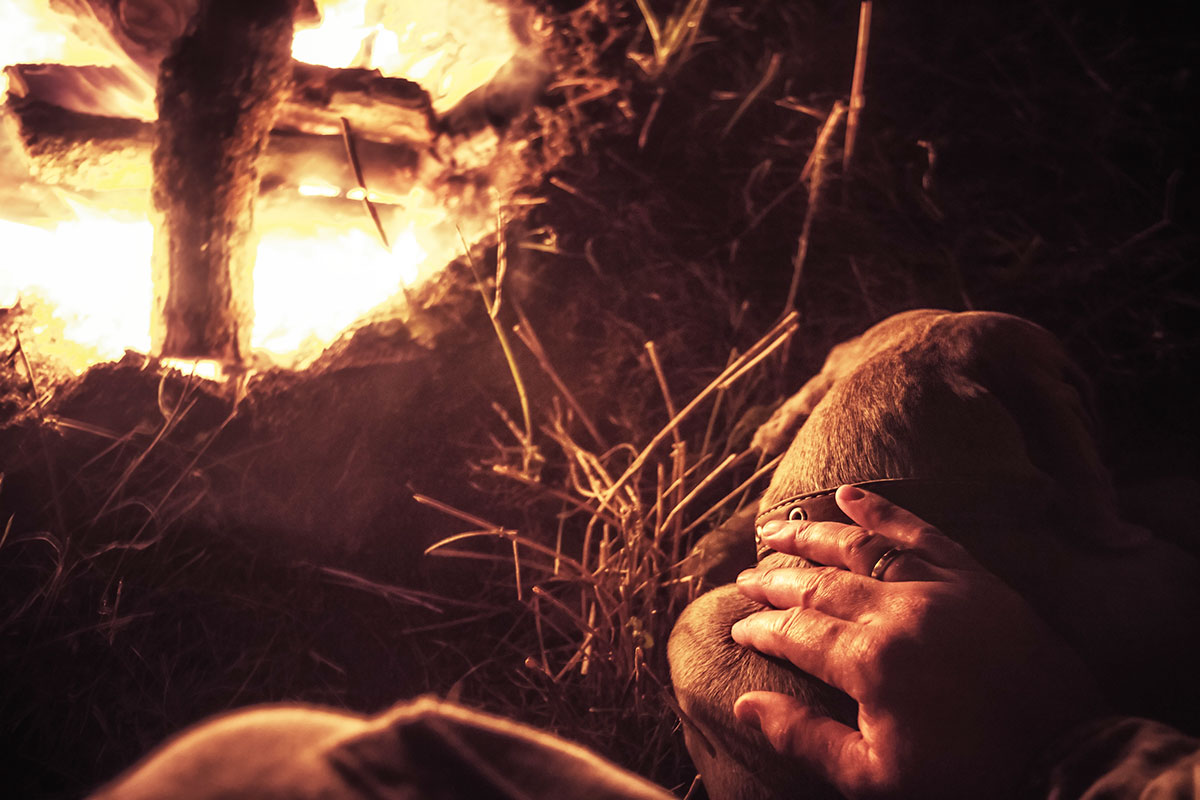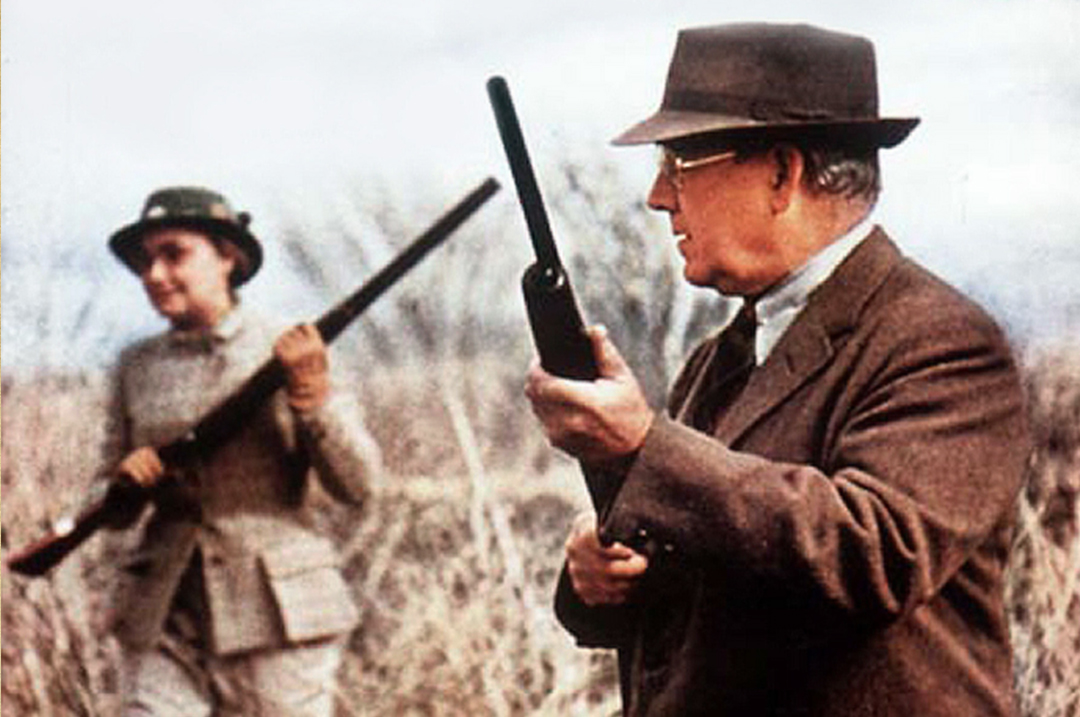My son Bob and I both harvested jake turkeys Easter weekend. Nothing unusual there, right? Young toms are easy to call in, especially during the early season. So, what made this hunt so special? These were the first turkeys either of us had ever killed—I’m 63 and he’s 37.
I’ve watched too many turkey hunting TV shows. You know the ones: The host locates a roosted tom, yelps, and the tom gobbles. That sequence repeats itself for what seems an eternity while the old boy slowly works toward the seductive “hen.” When he’s in range the hunter smacks him with a 3-inch load of #4s. A huge bird! Eleven-inch beard with 1½-inch spurs.
That was how I envisioned our hunt going, but as we said in the Army, no plan survives contact with the enemy.
We parked the truck by the farmer’s house in the pre-dawn darkness and began to unload. As the first glimmer of light peeked over the adjacent mountain, with our gear and guns in hand, I shut the tailgate of the truck. A shock gobble echoed from the ridge near my planned setup.
Yes! So far everything is going to plans, I thought. We moved quickly to our ambush point.
We set our decoys about 20 yards into the field, hid inside the nearby trees, loaded our shotguns, and I sent out a quick yelp from the box call. A throaty gobble came back from the same ridgeline. I waited a couple of minutes and called again. The old tom answered back, then he went quiet.
I whispered to my son, “He’s off the roost now. Watch for him to come around the tree line to our left in the field.”
My occasional calls over the next 30 minutes went unanswered. I had read it is not uncommon for an old bird to approach quietly, so I mixed up my calls, sometimes using the box, then a slate, even a push-button call. I thought three different hen sounds might bring him in a little faster, but patience was the name of the game. Anyway, isn’t that how it happens on TV?
We noticed a lone hen cross the field headed to our left. While watching the hen peck her way across the field, Bob suddenly whispered, “Two birds to the right!” I slowly turned my head and barely made out the birds through some nearby trees about 25 yards away. One of them was strutting.
As they moved forward I could see that both of them were jakes with three-inch beards.
I quietly said, “Get your gun up.” We had agreed beforehand that if two birds came in we would both shoot on a three count. After a couple more steps, I still couldn’t see the trail bird.
Suddenly they stopped and turned. I told Bob, “Take your bird.” Boom! The lead bird went down.
The trail bird, mine, ran up the field ridge away from us. Instinctively I hit the yelper. He turned, ran back down the hill, and stood over his buddy. Now it was my turn, and the second jake went down. The amazing thing: The entire sequence, from seeing the birds to both hitting the ground, took maybe three minutes.
We looked at each other, and Bob said, “That’s not how I thought it would happen, but we’ll take it!”
The farmer was smiling as we approached the truck and told us he saw the whole thing unfold. He said, “Look over there.” Two old toms were strutting in an adjacent field, each with five or six hens. We had each killed birds, but most importantly, we created a new father-and-son memory.
Whether I got a bird or not was irrelevant; I just wanted Bob to kill a turkey. You see, he is about to leave on his sixth military deployment, so our hunting opportunities will be limited. We will cherish that hunt for more reasons than just the birds.

A critical reference source, including prices, for anyone interested in books, pamphlets, brochures and published ephemera on turkey hunting. Buy Now




